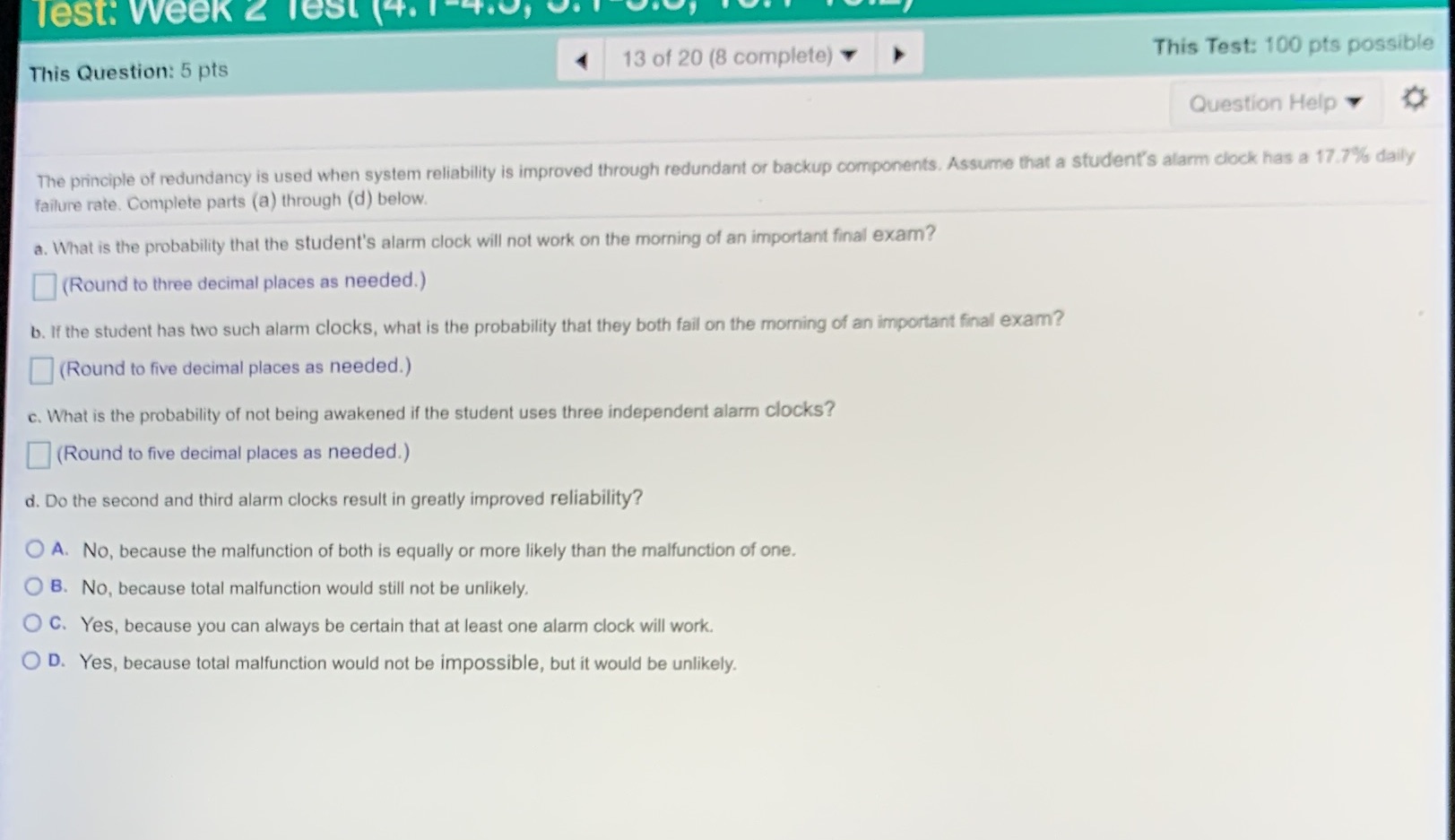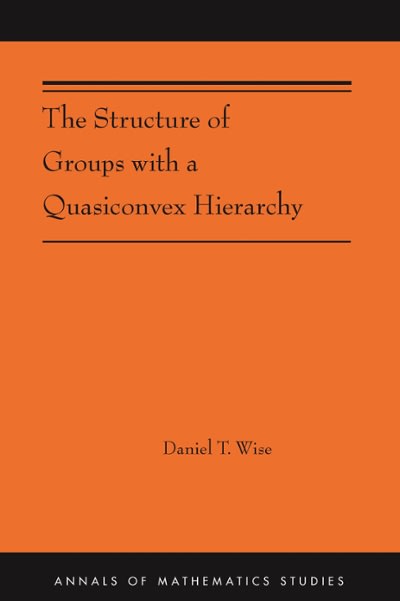Answered step by step
Verified Expert Solution
Question
1 Approved Answer
All the answers please Test: Week & Test (4. 17.0; 9:1 13 of 20 (8 complete) This Test: 100 pts possible This Question: 5 pts
All the answers please

Step by Step Solution
There are 3 Steps involved in it
Step: 1

Get Instant Access to Expert-Tailored Solutions
See step-by-step solutions with expert insights and AI powered tools for academic success
Step: 2

Step: 3

Ace Your Homework with AI
Get the answers you need in no time with our AI-driven, step-by-step assistance
Get Started


